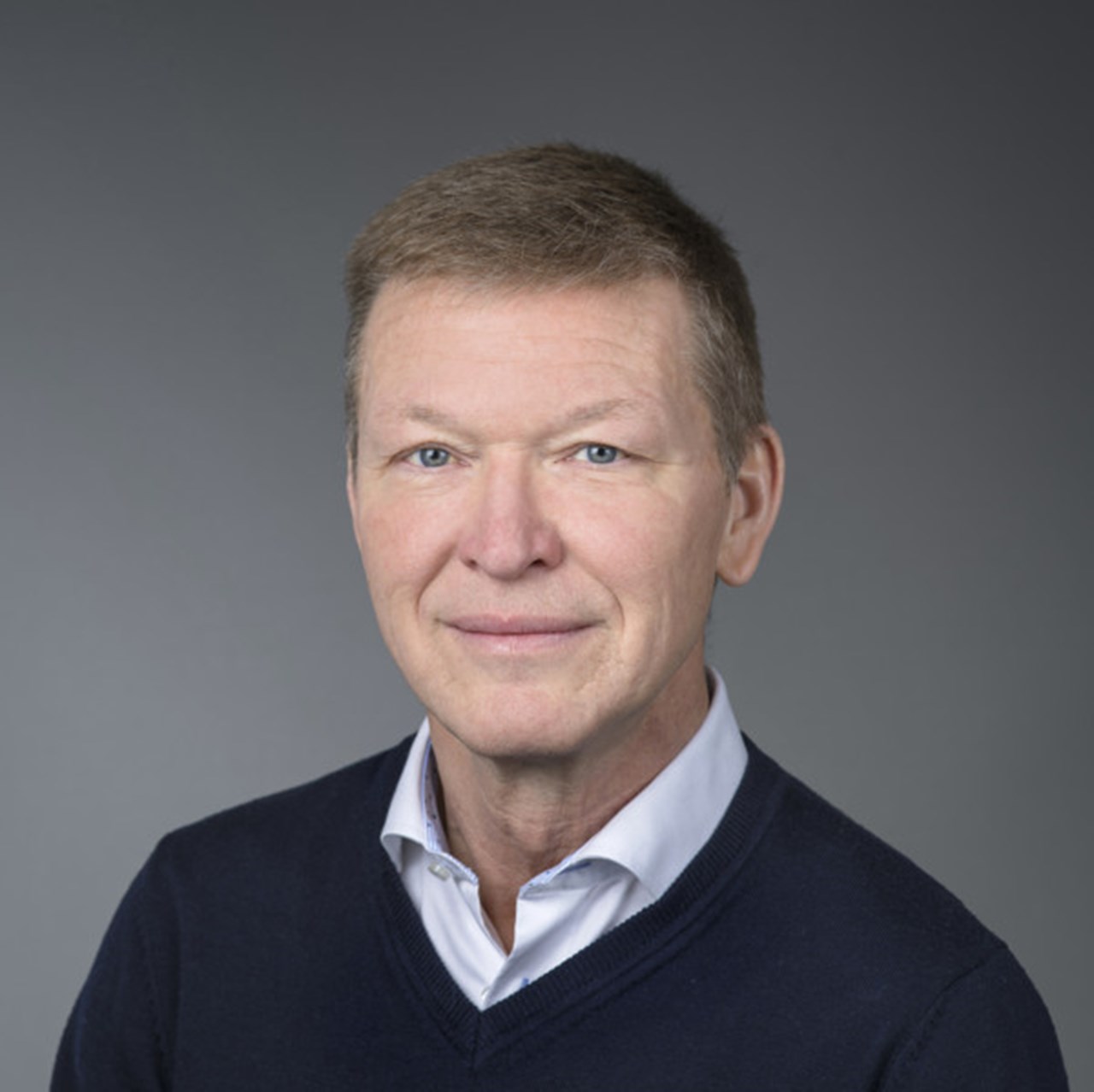The European CBNRE Centre
The centre at Umeå University coordinates EU funded research on and training in chemical, biological, radiological, nuclear and explosive substances.
Partnership between:
Umeå University, the Swedish Defence Research Agency, Region Västerbotten, Umeå municipality, the National CBRN Defence Centre and the Swedish Fortifications Agency.



